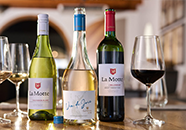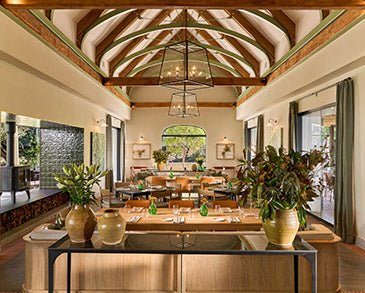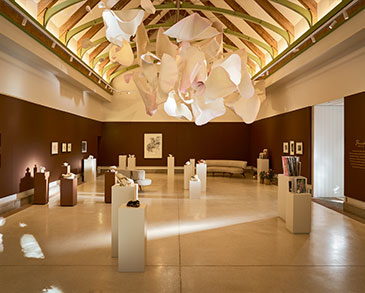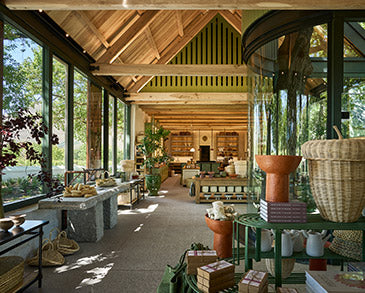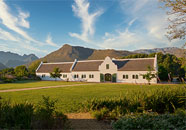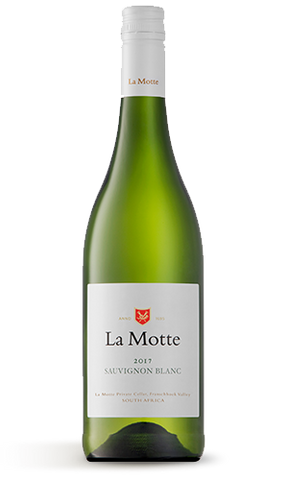
This wine was made from grapes originating from vineyards growing in different areas in the Cape wine-lands — Franschhoek (30%), Stellenbosch (50%), Elgin (5%), Walker Bay (10%) and Elim (5%).
The preceding winter started late, but was cold enough to allow adequate dormancy. For the second consecutive year, rainfall was lower than average and irrigation dams were not filled entirely. Conditions for budding, flowering and setting were favourable (positive for harvest size), followed by a long, dry season (negative for harvest size). During ripening, cool nights were experienced (good for quality), while dry conditions still prevailed (disease-free and good concentration). Heat-waves did not present problems. The above conditions resulted in healthy grapes and good concentration, analyses and flavours.
Each vineyard grows in its own macro climate and different clones are represented. All the vineyards are trellised and managed to maintain a perfect balance between leaf coverage and yield. Thanks to the different terroirs, each region produces its own distinctive grapes, so grapes from each area make a unique contribution to the character of this wine.
Grapes were harvested at between 17 and 23 Balling, to capture natural acids and produce fuller, riper flavours. The process was reductive, with cold fermentation (14 °C). After fermentation, the wine was left on the lees for three months to enhance complexity. For further complexity, the wine was blended with 10% Semillon. The first batch of 145 000 cartons (6 x 750 ml) was bottled on 15 May 2017 for release as 2017 La Motte Sauvignon Blanc.
The year will be remembered for water restrictions and critical drought conditions. Still, no heat-waves were experienced, and there is the promise of good quality. The wine shows fruit flavours such as pineapple, green apple and lemon. Although the wine was made in a dry, fresh aperitif style, it is medium full in spite of lower residual sugar.
Alcohol 13,12%
Vol Residual sugar 1,6 g/l
Total acid 6,1 g/l
pH 3,44

